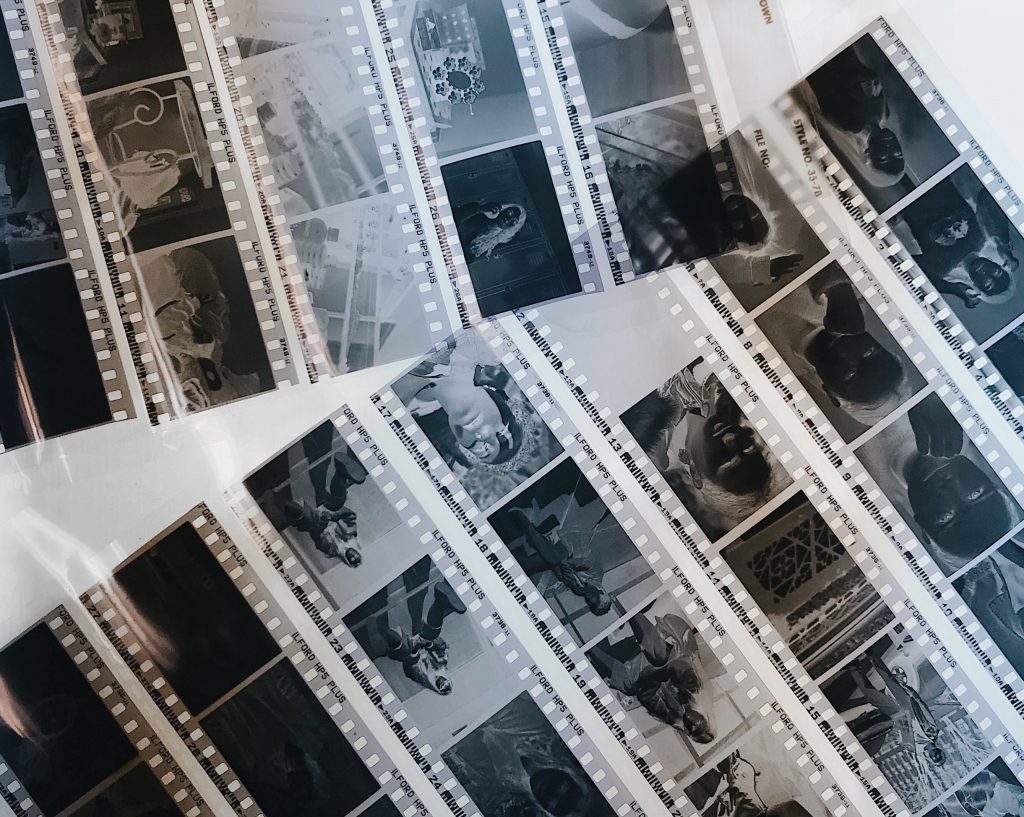Traditional film and darkroom processes have been undeniably dying out over the past several decades with the invention of the digital camera. The new generation of photographers is following an interesting trend, though, with a sudden enthusiasm for the film medium. It’s a craze led by the likes of Gucci muse Petra Collins that can be compared to the record player: trend in music, people seem to believe that film is more “raw,” “real,” and creative.

Last class, when had my second experience with traditional black and white manual photography, I worked on developing film. If you aren’t familiar with this, there’s an entire process including working in the darkroom, that allows photos that are taken on a roll of film to be accessed. The whole process of development is multilayered and can be stressful for a beginner, especially in the darkrooms; a pitch-black environment that is essential for the photos to not be ruined because they are light-sensitive materials. After processing the roll of film, it is soaked in chemical baths and left to dry. This process allows you to access only 36 photos that one cannot see until the end, meaning that there is no way to tell if the shots will appear until you take out the photos and set them to dry. This is the risqué nature of the medium that some people reference as more artful than digital.
I interviewed photography instructor Cornelia Hediger to create an exposé on the ins and outs of traditional darkroom film, in comparison to digital photography.
Q: Do you prefer digital or film photography, and why?
A: Overall, I prefer the look and quality of a darkroom print vs a digital print. A traditional printed image, shot on film, has grain. I love the look of grain printed on fiber based paper. You cannot beat that look. It is absolutely stunning.
Q: What are some of the advantages of darkroom photography? What are some of the disadvantages?
A: The advantage of darkroom photography is that you have a negative to work from, versus a digital file. Each image is unique as the prints are done by a person and not a machine. A darkroom print still looks superior to me than a digital file printed in black and white. There are some very nice papers out there that mimic the look of a traditional fiber based print. Definitely, the paper and technology have come a long way and prints, produced with digital files, are starting to look better. The ‘disadvantage’ of a darkroom print is the time factor. It takes longer to produce a darkroom print versus a digital print.
Q: What is your favorite aspect of black and white film photography?
A: My favorite aspect of black and white film photography is that I absolutely love the process. I love to develop film and I love printing in the darkroom. I find it magical to watch an image come up in the developer and I like the slower process of producing an image. In the end, I also prefer the look of a black and white image printed on fiber based paper vs. a digitally produced image.
Q: For young photographers, do you recommend that they learn how to use both film and digital cameras? Do you consider film photography an essential for photographers?
A: I think it is a good idea for young photographers to learn shooting with film and at least experience the process in the darkroom. Film ‘forces’ you to slow down and perhaps be more responsible when taking an image. Each image is recorded on a negative and cannot be deleted like you would delete a digital image. Personally, I find the experience of learning how to take images with film/print in the darkroom essential when learning photography. To some people, it opens up a whole new world whereas others will find the process a slow and tedious one.
Q: Do you think darkroom photography will ever go “extinct”?
A: I do not know if darkroom photography will ever go extinct. In the fine arts, it seems to be making a comeback. The masses and everyday household will not turn around and go back to film. It seems that film and traditional darkroom printing is perhaps surviving through the arts. I have no idea, however, how photography will develop over the next decades.
-End of Interview
Chloe Abidi